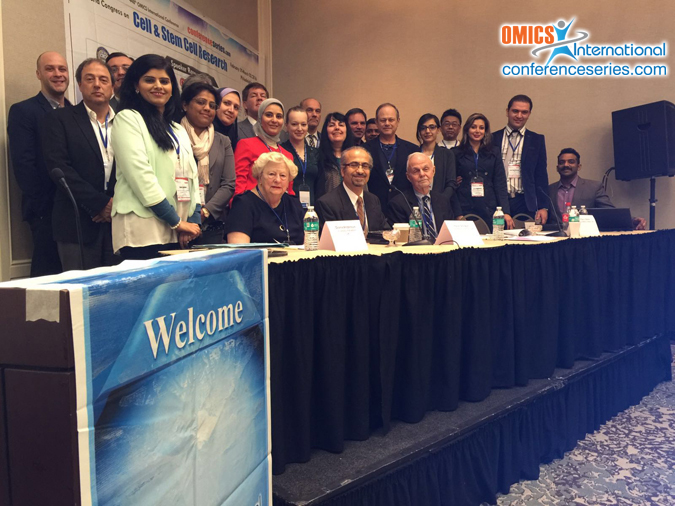
Lewis K. Clarke
Bay Area Rehabilitation Medicine Associates, USA
Title: Optimizing Intrinsic Mechanisms of Neuroprotection in the CNS: Utilizing Mitochondrial and Neurosteroid Chemistry
Biography
Biography: Lewis K. Clarke
Abstract
Intrinsic mechanisms of neuronal repair in the central nervous system through neuroregenerative processes have previously been presented. Similar biochemical and neurochemical mechanisms exist which are known to be neuroprotective. Exploiting and augmenting these intrinsic processes could minimize or mitigate neuronal damage in acute brain and spinal cord injuries resulting from stroke or trauma. The inflammatory response together with the oxidative stress of the acute injury represent the most likely therapeutic targets for intervention. Similarly, in chronic, progressive neurodegenerative disorders resulting from repetitive cumulative minimally-traumatic injuries such as concussion and subsequent chronic trauma encephalopathies (CTE), persistent or chronic neuroinflammation and the products of oxidative stress responses could account for the observed brain pathologies. The multiple pathologies present in various combinations in all neurodegenerative disorders include β-amyloid and amyloid plaques, hyperphosphorylated tau protein, neurofibrillary tangles, and microglial activation. It is now understood that within the CNS there exists a protective and anti-inflammatory neurochemistry many components of which can also promote neurogenesis and functional as well as structural restoration. It is intuitive that given the numerous interdependent and symbiotic systems involved in the preservation of the integrity and function of the brain, no single intervention or therapy is likely. A logical beginning would be to increase antioxidant gene expression and the scavenging of free radicals, suppressing or blocking the NMDA receptor to decrease glutamate and aspartate-induced cytotoxicity, inhibiting pro-inflammatory cytokines and metalloproteinases, enhancing anti-inflammatory cytokines, and suppressing activation of microglia. The augmentation of mitochondrial number and energy production is DNA protective and would address all cellular function including stem cell production, migration, and differentiation. Much is now known about the contribution of CoQ10, carnitine, lipoic acid, and pyrroloquinoline quinone in this regard. An integrative approach should include bioactive lipids in the mitochondrial membrane, eicosanoid modulating PUFA’s, sigma 1 receptors, and neurosteroids produced de novo in the glia. These are also catalysts and promote neurogenesis and neurite outgrowth through their activation of sigma 1 receptors in the mitochondrial membrane lipid rafts of the endoplasmic reticulum. Activated sigma 1 receptors increase calcium in the mitochondria resulting in activation of the TCA cycle, increasing mitochondrial hypermetabolism ultimately resulting in neurite outgrowth as well as neuroprotection. Neurodegenerative processes are multifactorial in etiology. Controlling inflammatory reactions and preventing their chronicity and curtailing oxidative and cytotoxic effects of acute neurologic injuries would be neuroprotective in the acute phase and avert the chronic encephalopathies. These same neuroprotective mechanisms are also neuroregenerative.

